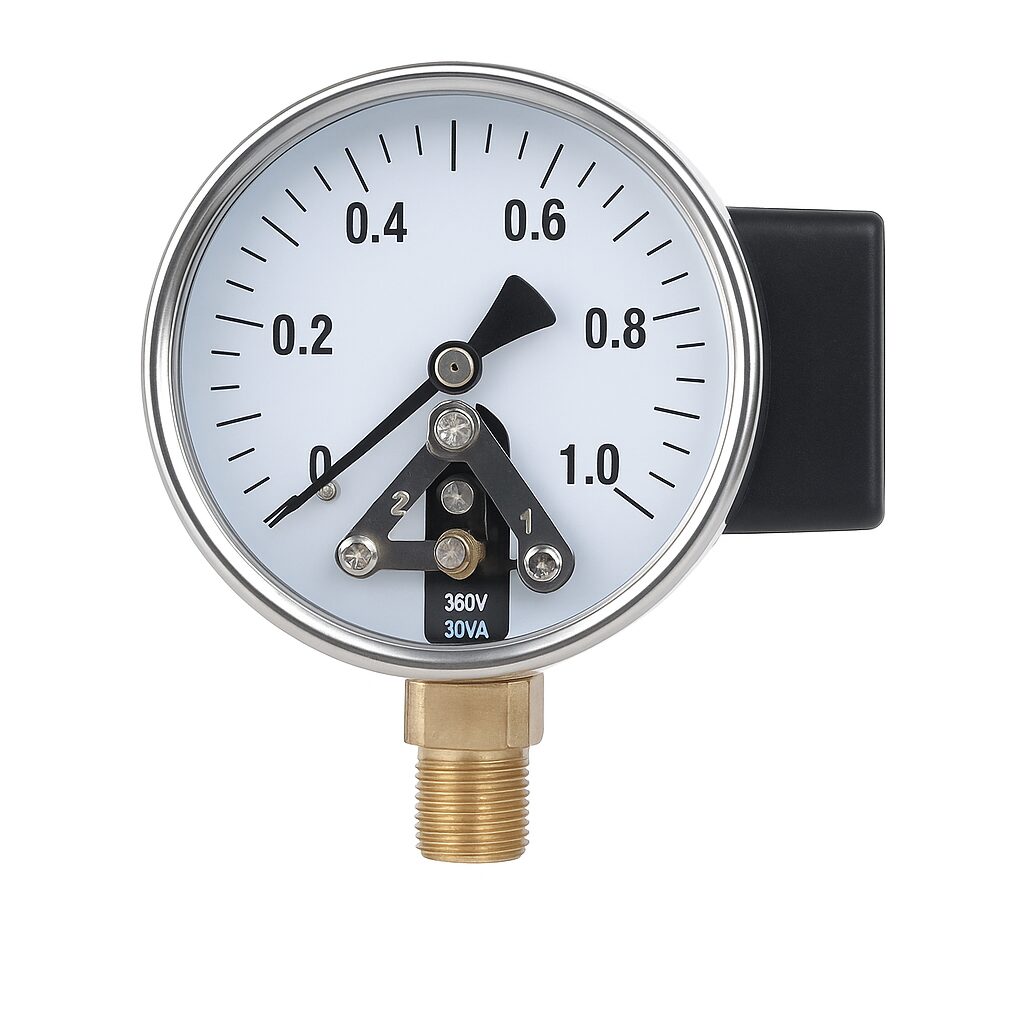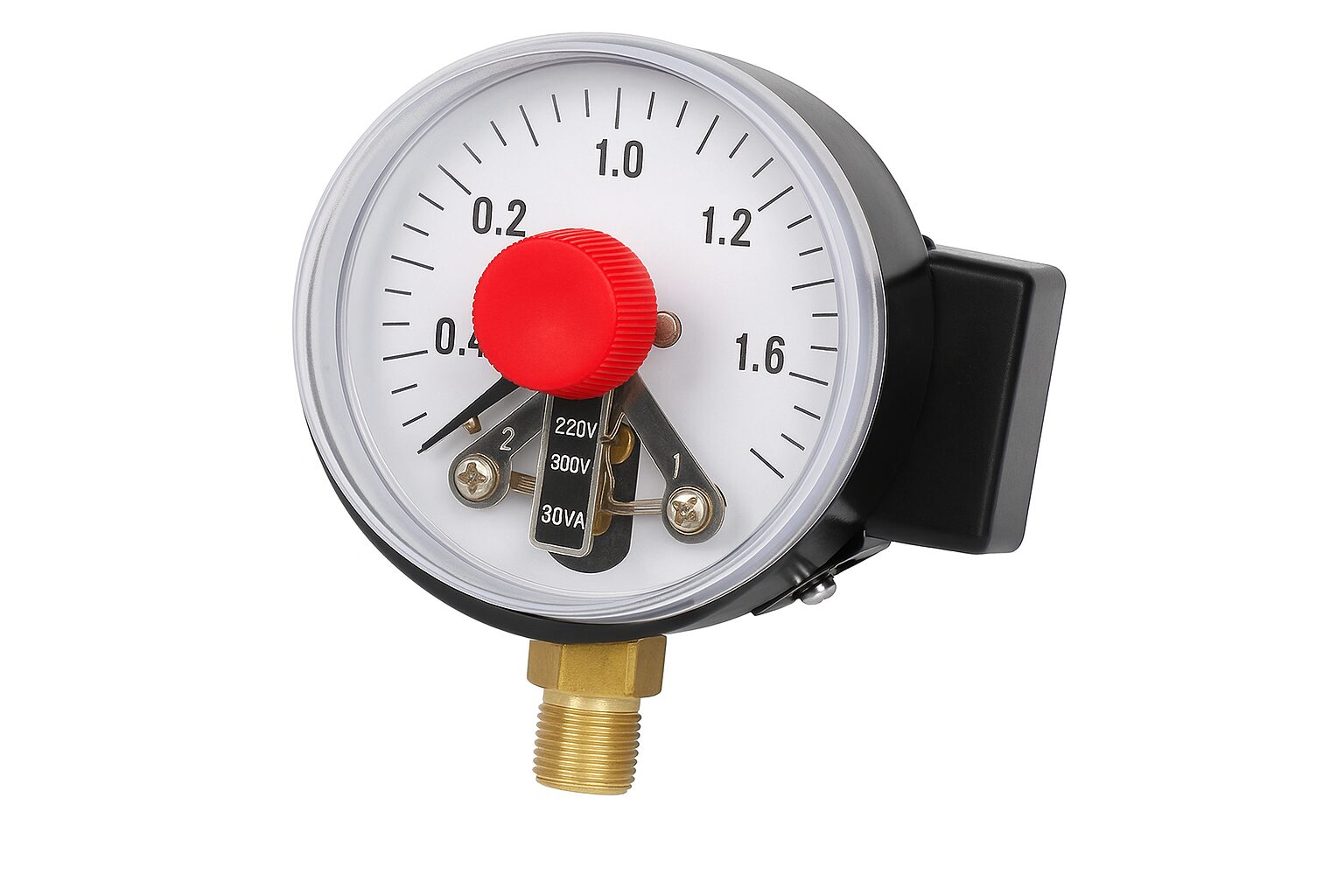| Dial Size | Connection Types | Accuracy | Thread Types | Voltage Options | Materials | Pressure Range | Units | Liquid Filling |
|---|---|---|---|---|---|---|---|---|
| 2.5″ (60mm) | Lower, Center Back, Back with Flange | 2.5%, 1.6% | NPT, BSP(G), BSPT-1/4, M14×1.5 | 24V, 220V, 380V | Black Steel Case + Brass JointStainless Steel Case + Brass Joint304/316 Stainless Steel | -1…0…24 bar / 0…600 bar | kPa, psi, bar, kg/cm², MPa, others | Glycerin, Silicone Oil |
| 4″ (100mm) | Lower, Center, Lower Back, Center Back, Back with Flange | 1.6%, 1% | NPT, BSP(G), BSPT-1/2, M20×1.5 | 24V, 220V, 380V | Black Steel Case + Brass JointStainless Steel Case + Brass Joint304/316 Stainless Steel | -1…0…24 bar / 0…1000 bar | kPa, psi, bar, kg/cm², MPa, others | Glycerin, Silicone Oil |
| 6″ (150mm) | Lower, Center, Lower Back, Center Lower, Back with Flange | 1.6%, 1% | NPT, BSP(G), BSPT-1/2, M20×1.5 | 24V, 220V, 380V | Black Steel Case + Brass JointStainless Steel Case + Brass Joint304/316 Stainless Steel | -1…0…24 bar / 0…1000 bar | kPa, psi, bar, kg/cm², MPa, others | Glycerin, Silicone Oil |
The contact device, which is stable and dependable, and the standard pressure gauge are the two separate components that make up the electric contact pressure gauge. It is frequently used to convey electrical signals for automatic control systems and measure the pressure of liquids, gases, and other substances that do not corrode copper, steel, and their alloys.







Reviews
There are no reviews yet.